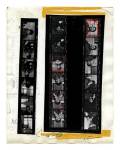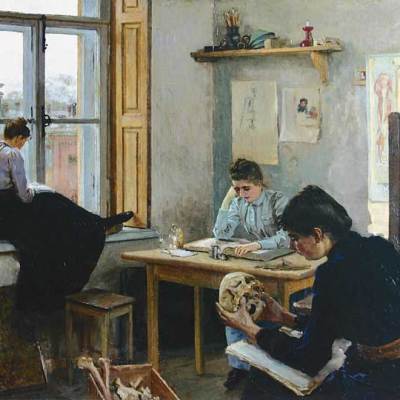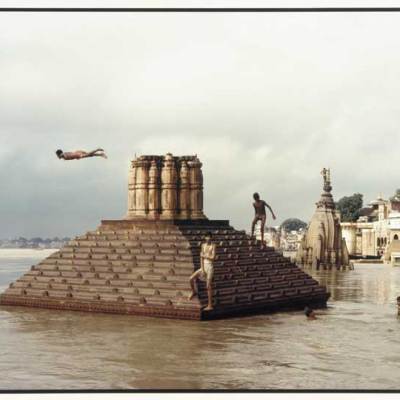There are certain photographs that enter the collective memory. They are the ones that seem to describe a specific time and a place directly, the images that become as familiar as ones we retain from our own experiences. Why does one stay in the mind’s eye while another is forgotten? Repeatedly seeing a particular photograph is one factor; the story that it tells is another. But, similar to how a certain chord progression can stir a specific emotion in countless souls, the reasons why one photograph may become absorbed into many memories remains deeply mysterious, and a little bit magical.
Which is why making an exhibition about photographer’s contact sheets is a courageous move for C/O Berlin, one of the city’s most established centres for photography. Will they reveal the sensible mechanics behind the final trick?
‘Magnum. Contact Sheets’, the first exhibition to be held in the foundation’s sleek new home in the Amerika Haus in West Berlin, shows a chronological sequence of reportage photography dating from the Second World War to the present day. It is a considerable collection of the leading press photo agency’s most famous work. It includes shots by their greatest talents, such as René Burri, Henri Cartier-Bresson, and Eve Arnold, and the characters, events and even the exact dates are readily identifiable: the Normandy beaches on D-Day; Martin Luther King being swamped by well-wishers; crowds lining the route of Robert Kennedy’s funeral train; Che Guevara sucking on a cigar; a lone figure standing in front of a line of tanks in Tiananmen Square in 1989.
The main photograph is then repeated on the contact sheet – shrunken, surrounded by images of moments before and after, and often marked roughly with coloured crayon and annotations. And next to this, a first hand account from the photographer fills in more of the back-story.
The effect of the three combined is, quite simply, riveting. Contact sheets are like the first draft, the artist’s sketchbook or a diary. They are normally forbidden territory, and as well as logging movements and decisions, they show surprising details, mistakes, and lucky coincidences. They breathe life into the images, many of which have become victims of their own success. Precisely because of their power, and because they have become so familiar, they have become separated from their original meaning. The exhibition helps to redress this.
The precariousness of how some of these photographs came into existence is striking – for instance the precious film from Robert Capa’s assignment to the Normandy beaches was almost destroyed, not by sea water, fire or shrapnel, but by a junior employee at Magnum who overheated the developing negatives.
And what if the adjacent image on the contact sheet had been chosen? It is a strange experience to see the alternative options. Would the image of Che Guevara looking smugly and directly at the camera, ever have made it off the pages of the newspapers and into the popular imagination, as the image taken milliseconds after did? Probably not – because although the contact sheets do take some of the mystery away from the creation of an iconic photograph, they also show how obvious it is in most cases which image would make the final cut. They demonstrate the peculiar power that makes a particular picture memorable, but make it clear that it is a quality that will never be easy to explain.
‘Magnum. Contact Sheets’ is at C/O Berlin until 16 January 2015.






